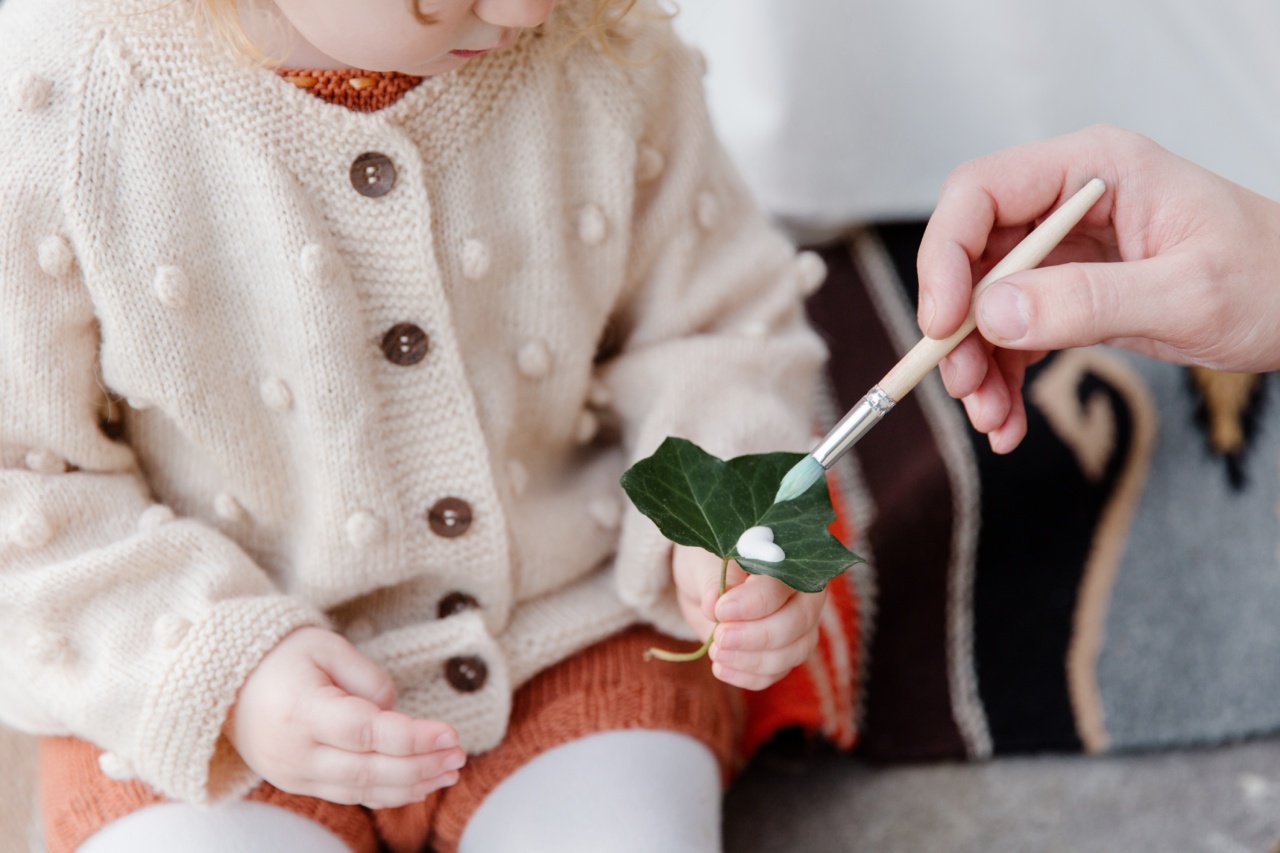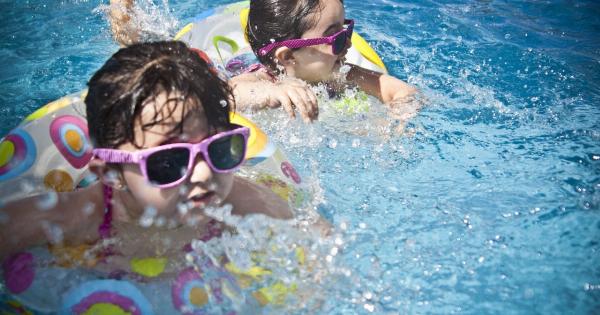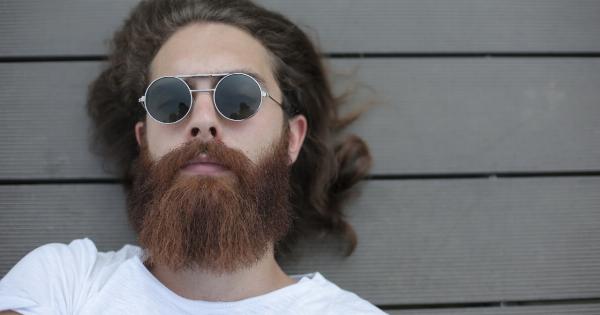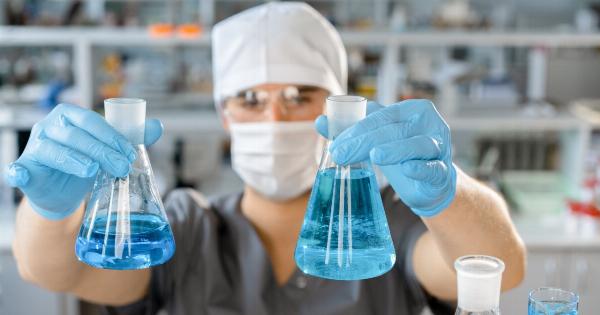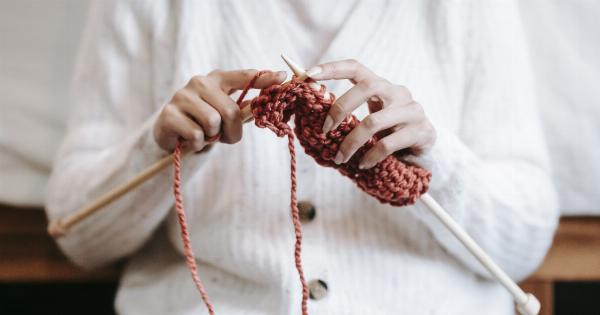Scientists have successfully created ‘artificial eggs’ from a male mouse’s stem cells, opening the possibility of two males having offspring of their own.
The study, published by researchers from the University of Cambridge and the Weizmann Institute of Science, used stem cells to produce the ‘gametes’ – sperm and eggs – needed for fertilization.
The Science Behind it
Using skin cells from male mice, the researchers attempted to turn those cells into eggs.
In the past, it has always been known that a mother must give the ‘cytoplasm’ needed to form an egg – therefore, a father’s cells would not be able to create an egg due to the lack of this biological material. However, the team artificially introduced the necessary cytoplasm to a male mice’s stem cells, then transformed the cells into eggs and sperm.
It is important to note that the offspring created through this method were unsuccessful in terms of surviving past three days – so while two-dad babies may be a possibility, this scientific discovery is still far from being a reality just yet.
This experiment was conducted purely to examine if eggs could be made using male cells and how viable they would be for fertilization.
The Ethical Debate
This ground-breaking scientific discovery has opened the doors to a whole new ethical debate. While the study was conducted purely with mice, the possibility of it being tried on humans is a reality.
If it were to happen, the child would technically have two biological fathers instead of a traditional mother and father. This could be highly celebrated in same-sex couples who wish to have children, but also raises the question: what happens to the traditional idea of ‘family’?.
There is also the need to consider the consequences of bringing a child into the world where they technically don’t have a mother figure- a scenario that has always existed for single fathers that use surrogacy or adoption to start a family, but has never been available biologically until now. Critics argue that the relationship between a mother and child is intricately connected, and that removing a mother figure from the equation can have a profound effect on a child’s emotional and psychological development.
How Could it Work?
The experiment is still a long way from being tried on humans, however, the potential for same-sex couples to have children through this artificial reproduction method will spark great interest in the scientific research of this field.
While it is not possible today, the study is undoubtedly a step in the right direction to get there.
The process would include a surrogate mother or an implanted uterus where the embryos developed could safely mature into a new life, much like the current adoption and surrogacy processes already in place.
Given the breakdown of the traditional family unit and the push towards same-sex rights both socially and politically, the opportunity for a new biological means of creating children has major implications for the future.
Legal Concerns
A major obstacle with this research is, of course, the legal interpretations surrounding human care and treatment.
Laws on such things will need to be redrawn, revised, and perhaps even completely vacated to make way for a new understanding of what it means to be a parent. At present, laws differ significantly between nations regarding surrogacy, meaning the introduction of a two-father pair using surrogate mothers is not legal in all countries.
The Final Word
The research conducted by the University of Cambridge and the Weizmann Institute is a significant milestone in the previously untapped field of artificial eggs.
While there is still a lot of work to be done, the possibility of two-dad babies is truly exciting.
The ethical, legal, and societal questions surrounding the discovery are profound, but not insurmountable. It’s up to current and future generations to weigh the benefits and drawbacks of this new form of human reproduction.
